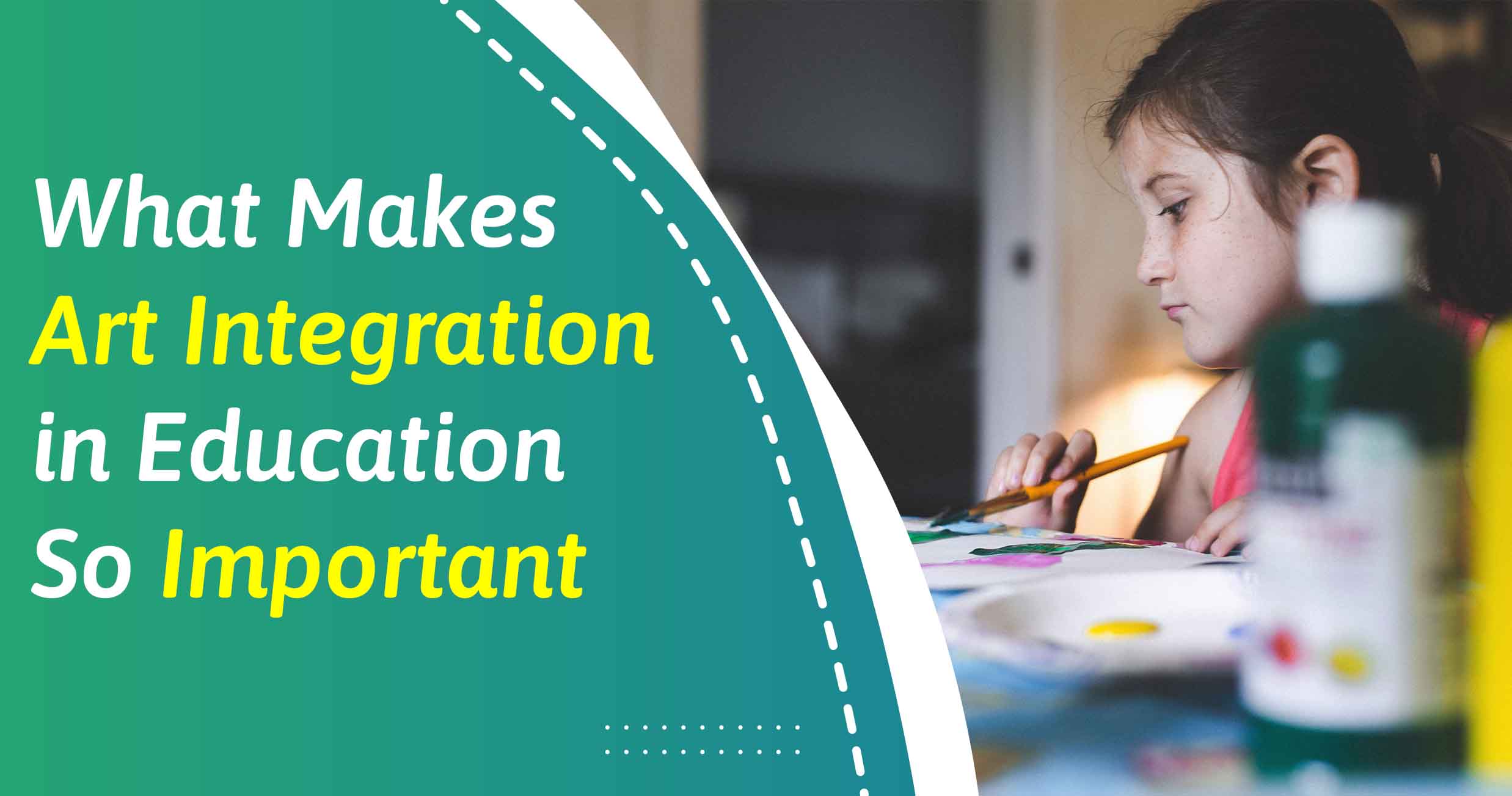
Art integration in education is essential for building creativity and critical thinking. It involves combining art with subjects like math, science, and language arts. This approach makes learning more engaging and effective for children. Art activities such as drawing, painting, and music enhance understanding and retention of academic concepts. Integrating art in education also develops emotional intelligence, problem-solving skills, and cultural awareness. Schools incorporating art into their curriculum see improved academic performance and student behaviour.
Art integration stimulates creativity in students. When children engage in art activities, they learn to think outside the box. They come up with unique solutions to problems. For example, a fancy dress competition encourages children to use their imagination. They create costumes from various materials, showcasing their creativity.
Studies show that art integration improves academic performance. Art helps students understand complex subjects better. For instance, visual arts can make math concepts more tangible. In a chart-making competition, students learn to present data visually. This helps them grasp statistical concepts quickly.
Art helps in developing emotional intelligence. Students express their emotions through art. This improves their emotional well-being. Activities like painting and music allow children to communicate their feelings. A slogan writing competition lets students express their thoughts and beliefs creatively.
Art integration fosters critical thinking. Students learn to analyze and interpret art. They develop skills to evaluate different perspectives. For instance, during a fireless cooking competition, students plan and prepare dishes without using fire. This activity enhances their problem-solving skills.
Art integration promotes cultural awareness. Students learn about different cultures through art. They appreciate diverse traditions and customs. Activities like a rakhi-making competition teach children about Indian festivals. They understand the significance of Raksha Bandhan while creating beautiful rakhis.
Art activities often require teamwork. Students work together to create art projects. This builds their collaboration skills—group projects like mural painting foster teamwork. Students share ideas and work towards a common goal. A chart-making competition can be a group activity where students collaborate to present data.
Art integration enhances communication skills. Students learn to express themselves clearly. They present their ideas through art. For example, a slogan writing competition helps students convey their messages effectively. They learn to use words creatively to impact others.
Art activities boost self-confidence. Students feel a sense of accomplishment when they complete art projects. This enhances their self-esteem. Participating in a fancy dress competition allows children to showcase their talents. They feel proud of their creative efforts.
Art integration makes learning enjoyable. Students look forward to art activities. They find learning fun and engaging. For instance, a fireless cooking competition turns a regular lesson into an exciting activity. Students enjoy preparing and tasting different dishes.
Art integration supports inclusive education. It caters to diverse learning styles. Students with different abilities benefit from art activities. For example, a chart-making competition can be adapted for students with special needs. They can participate and learn at their own pace.
Art activities reduce stress and anxiety. Creating art has a calming effect on students. It helps them relax and focus. Activities like painting and drawing provide an emotional outlet. A slogan writing competition allows students to express their thoughts, reducing stress.
Art integration encourages lifelong learning. Students develop a love for art. They continue to engage in art activities beyond school. This lifelong engagement enhances their personal and professional lives. Participating in a rakhi-making competition can spark an interest in traditional crafts, encouraging students to explore more.
Art integration in education is crucial for holistic development. It nurtures creativity, critical thinking, and emotional intelligence. Students benefit academically and emotionally from art activities at SIS Ajmer. They develop better communication, teamwork, and cultural awareness. Parents and educators should support art integration for a well-rounded education. Emphasizing art in education prepares students for a successful future. Let them explore and express their creativity through various art activities.